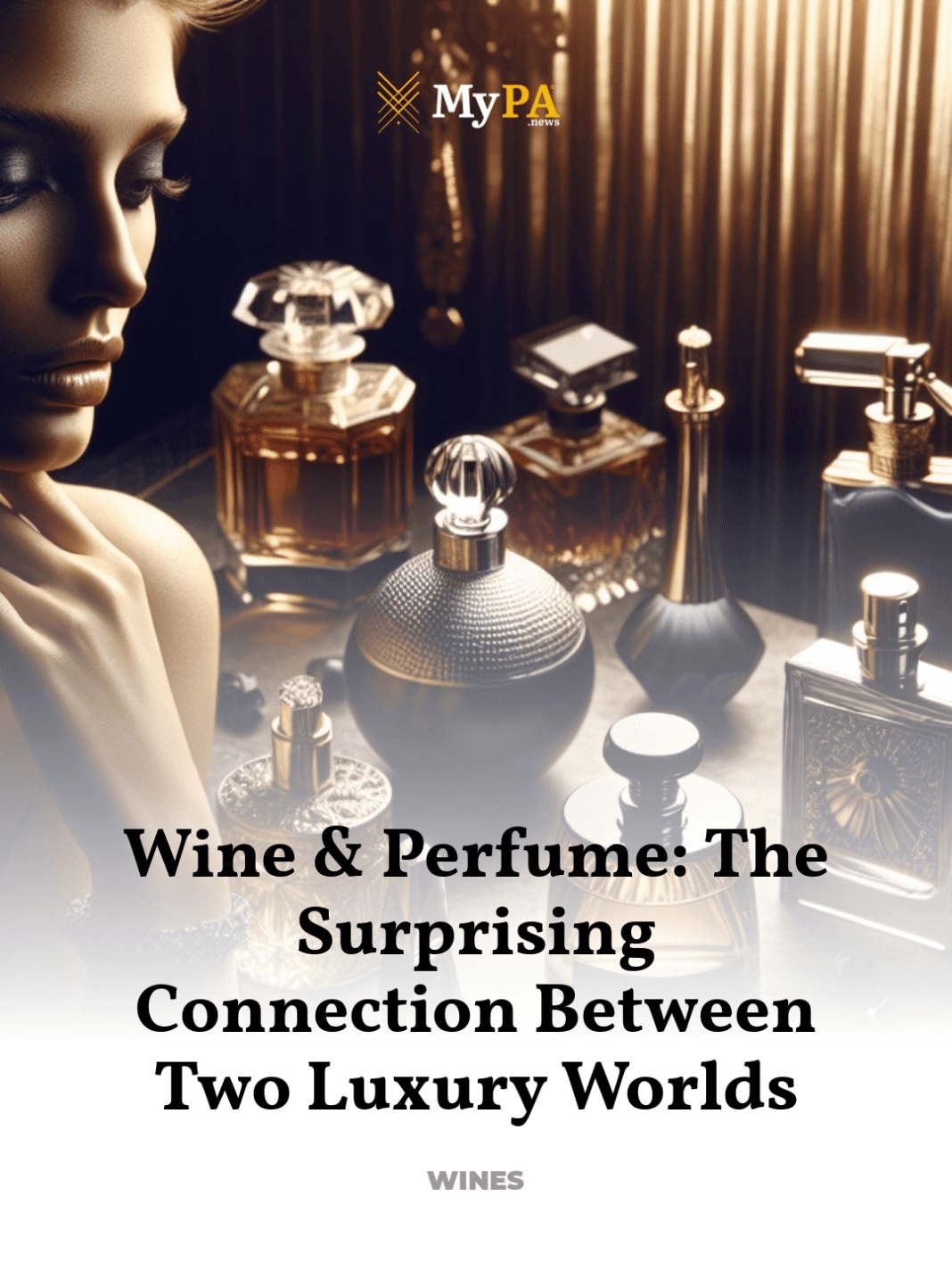A sensory exploration of how fragrance and wine share common craftsmanship
The worlds of wine and perfume may seem distinct, yet they share a profound connection rooted in artistry, heritage, and sensory experience. Both realms utilize the nuances of scent and taste to create products that are not just consumed but experienced, evoking emotions and memories that are both personal and universal.
- A Sensory Journey: The Art of Smell and Taste
- Craftsmanship in Wine and Perfume Making
- Cultural Significance and Heritage
- Innovations and Trends in Both Industries
- Connoisseurship: Appreciating the Finer Details
- Final Reflections on Luxury and Sensory Art
A Sensory Journey: The Art of Smell and Taste
The connection between wine and perfume is most vividly realized in their shared reliance on the human senses of smell and taste. Both vintners and perfumers are masters of blending notes to evoke specific sensory responses. The nose of a wine, much like the top notes of a perfume, offers the first impression and can greatly influence perception and enjoyment.
Experts from both fields often use similar language to describe their products. Terms like ‘bouquet’, ‘body’, and ‘finish’ are commonly used in wine tasting, while ‘notes’, ‘accords’, and ‘composition’ are staples in perfume descriptions. This shared vocabulary is no coincidence; it reflects the deep sensory parallels that define both crafts.
For instance, a Chardonnay might boast hints of vanilla and oak, similar to a perfume that features vanilla as a base note supported by woody accents. This overlap is not just thematic but chemical, as both wine and perfumes can contain identical volatile compounds responsible for these aromas.
Craftsmanship in Wine and Perfume Making
The creation of wine and perfume is an art form that balances tradition and science in equal measure. Both processes begin with the selection of raw materials: grapes harvested at the peak of their potential for winemakers, and a diverse palette of natural and synthetic ingredients for perfumers.
The fermentation process in winemaking is akin to the maceration process in perfumery, where ingredients are carefully blended and allowed to develop over time. This period of transformation is crucial, as it defines the character and complexity of the final product. The role of the winemaker and the perfumer is similar to that of a conductor, guiding the process to ensure harmony and balance in the end product.
Moreover, both crafts rely on aging to enhance the depth and richness of the product. Wine may age in oak barrels, while perfumes are often aged in controlled environments to allow for the melding of aromatic compounds.
Cultural Significance and Heritage
Wine and perfume hold significant places in cultural traditions and history. Regions like Bordeaux in France are celebrated for their wine production just as Grasse is revered as the perfume capital of the world. These locales are not just geographical markers but are imbued with a deep sense of heritage and identity that influences global perceptions of luxury and quality.
Historically, both wine and perfume have been symbols of status and sophistication. In ancient times, perfumes were used in religious ceremonies and royal gatherings, much like how wine has been a staple at state functions and a symbol of communion in various cultures.
Today, both industries contribute significantly to their respective countries’ economies and cultural exports. They are seen as ambassadors of taste and craftsmanship, with each bottle telling a story of its origin, maker, and the meticulous processes behind its creation.
Innovations and Trends in Both Industries
Innovation is key to the evolution of any craft, and both the wine and perfume industries have embraced new technologies and methodologies while respecting traditional practices. In winemaking, the use of precision agriculture helps in maintaining the health of the vineyards with minimal environmental impact. Similarly, in perfumery, advances in biochemistry have allowed for the creation of new synthetic molecules that expand the perfumer’s palette without the need for natural resources which may be endangered or vary in quality.
Both industries have also seen trends towards personalization and sustainability. Winemakers and perfumers are increasingly offering bespoke services, catering to clients who seek a unique product that expresses their personal taste and style. Sustainability practices are also becoming common, with both industries exploring eco-friendly production methods and packaging solutions.
Connoisseurship: Appreciating the Finer Details
The appreciation of wine and perfume can be seen as a form of art connoisseurship. Enthusiasts from both fields often gather in tastings and workshops to hone their senses and deepen their understanding of the subtleties involved in each craft. The ability to discern the nuances in a glass of wine or a dab of perfume enhances the sensory pleasure and adds a layer of intellectual engagement to the experience.
Connoisseurs learn to identify the origin, methodology, and even the year of creation by recognizing the characteristic traits that define specific wines or perfume houses. This deep engagement with the product elevates it from a mere consumable to an object of cultural and artistic significance.
Final Reflections on Luxury and Sensory Art
The worlds of wine and perfume are bound by more than just their shared reliance on the senses; they are united in their pursuit of creating something that transcends the ordinary, offering an experience that is both ephemeral and profoundly impactful. As we explore these luxurious crafts, we gain not just pleasure from their consumption but also a deeper appreciation for the tradition, innovation, and artistry that define them.
For further exploration into the fascinating worlds of wine and perfume, consider visiting institutions like the Musée International de la Parfumerie in Grasse, which offers insights into the history and craft of perfumery.



